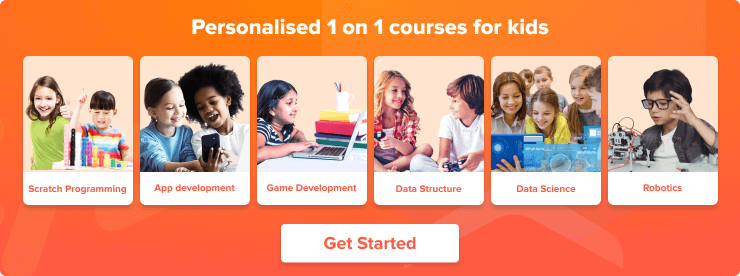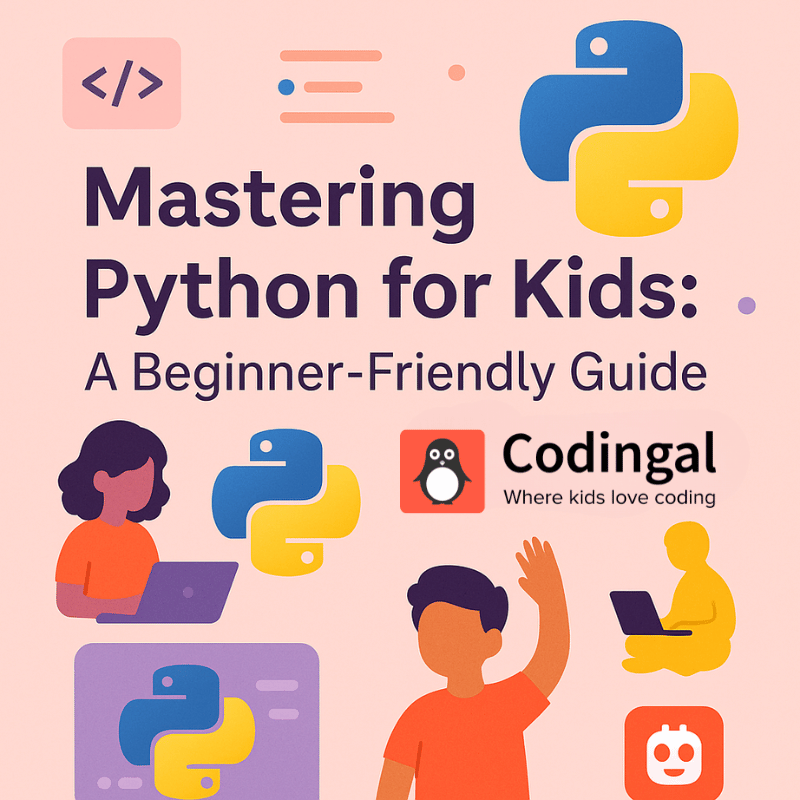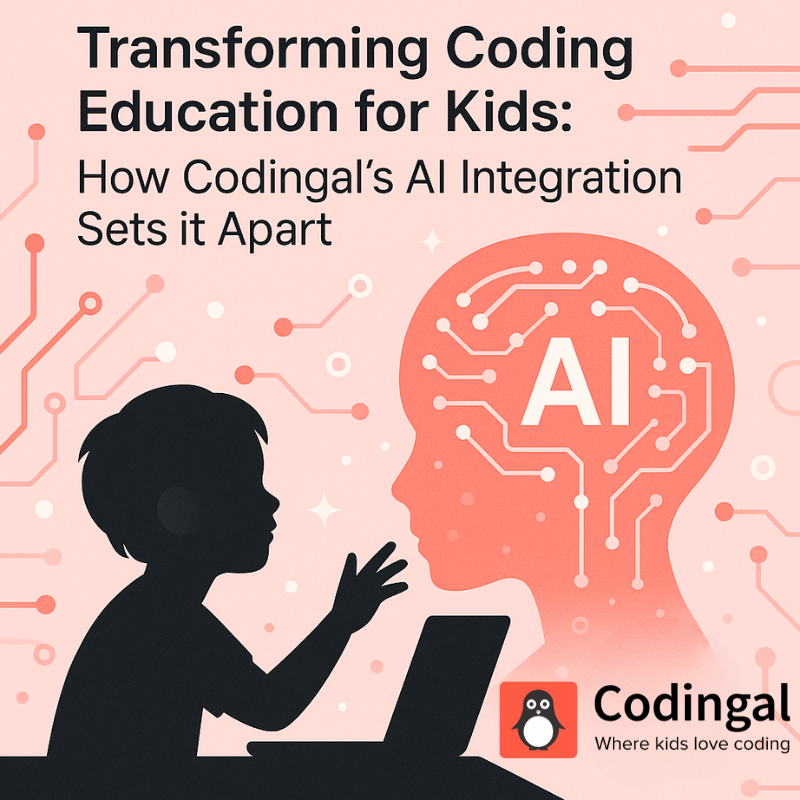Science, technology, engineering, and mathematics (STEM) education has become one of the fastest-growing trends in curriculum development around the globe. So it’s not surprising when you consider the effectiveness of integrated STEM education in preparing students to meet the new challenges of the 21st century.
Table of Contents
Introduction STEM education in India Career opportunities in STEM fields STEM activities for kids Wheel of the year Oil and water Popsicle stick catapult The future of STEMIntroduction
It’s widely believed that the economy’s primary driver and creation of jobs in the future will be innovation derived from advances in science and engineering. As a result, an increasing number of jobs at all levels—not just for professional scientists—are likely to require knowledge of STEM.
In addition, individual and societal decisions increasingly require some understanding of STEM—from comprehending medical diagnoses to evaluating competing claims about the environment to managing daily activities with a wide variety of computer-based applications.
Several reports have linked K-12 STEM education to increased career opportunities and economic growth. However, it’s a relatively new mode of thinking about how best to educate high school students for the workforce and postsecondary education.
STEM education is not simply a new name for the traditional approach to teaching science and mathematics. Nor is it just the grafting of “technology” and “engineering” layers onto standard science and math curricula. Instead, STEM is an approach to teaching that is larger than its constituent parts.

STEM education in India
The traditional Indian education system has not been able to address the fast-changing requirements of the industry. Therefore, it’s imperative to redefine school education in India with innovation.
Atal Tinkering Lab (ATL) is an approach by the Central Government of India to create an environment of the students’ scientific outlook, innovation, and creativity. It’s a workspace where young minds can shape their ideas through hands-on do-it-yourself mode and learn innovation skills.
The objective of ATL is to foster curiosity, creativity, and imagination in young minds and inculcate skills such as design mindset, computational thinking, adaptive learning, physical computing, and much more. The program gives young children a chance to work with tools and equipment. In addition, it enables them to understand the what, how, and why aspects of STEM.
Under the ATL scheme, a grant-in-aid of up to 20 lakh will be provided to schools selected for setting up an ATL. As of December 2018, more than 5,000 ATLs were announced, covering 87% of all the districts and 110 Aspirational Districts of India.
The labs are established in government and private schools, and the majority in co-educational and girls’ schools. They serve as community hubs of innovation while transforming how India learns, thinks, ideates, and innovates.
Career opportunities in STEM fields
Opportunities in STEM-related careers are some of the fastest growing and best paid of the 21st century, and they often have the greatest potential for job growth.
The link between STEM jobs and STEM education can be analyzed by a 2013 American Community Survey, which collected college-educated individuals’ undergraduate majors. Examining the relationship between STEM education and STEM jobs reveals some very interesting facts about the future of STEM.
First, a STEM degree is a typical path to a STEM job, as more than two-thirds of the 4.7 million STEM workers with a college degree have an undergraduate STEM degree. However, this does not necessarily mean that STEM workers’ degrees are in the same STEM field as their jobs.
For example, only 35 percent of college-educated computer and math workers have a degree in computer science or, math while 27 percent majored in the physical or life sciences or engineering.
Second, in addition to STEM jobs, STEM degrees also open the door to many other career opportunities. Almost two-thirds of the 9.3 million workers with a STEM undergraduate degree work in a non-STEM job.
Between 2017 and 2029, it’s estimated that the number of STEM jobs will increase eight percent. It’s a much higher growth rate than non-STEM jobs—with positions in computing, engineering, and advanced manufacturing.
STEM activities for kids
STEM activities provide kids a wonderful opportunity for integrated learning, hands-on discovery, and adaptations to ensure lessons reach students of all levels of ability.
STEM transforms school and education from a place to a state of mind. With STEM-based learning kids are always growing, always experimenting, and always learning.
Here are a few fun and hands-on STEM activities that you can get your kids to explore.
Wheel of the year
It’s a wonderful STEM activity for kids to celebrate and learn about different seasons throughout the year. This activity is about creating a wheel of the year with four seasons and helps kids understand seasons in a fun way. In addition, kids learn about fractions as they have to divide the wheel into quarters.
Choosing imagery to reflect the seasons will allow kids to be creative. The engineering element can be understood by ensuring that the wheel spins. It’s a wonderful hands-on learning exercise that kids will love!

Oil and water
Water is one of the greatest mediums for exploring science. This activity helps kids explore the properties of oil and water and teaches color theory. In addition, kids learn the incredible science principle that oil and water don’t mix due to their repelling nature.
By adding several colors to the oil and water container, kids also learn that colors mix with other colors forming new colors. During this activity, the colored oils will form into bubbles and float in the water. This is an all-in-one, simple, quick, and safe activity that is perfect for preschool and early elementary kids.
Popsicle stick catapult
In this activity, making a catapult helps kids learn concepts of three pillars of STEM: Science (Physics), Engineering, and Math. Building a catapult with popsicle sticks makes kids learn basic engineering elements. Moving the perpendicular sticks and taking a shot using the catapult teaches the concept of angles and distance.
The science here is focused on laws of motion. It’s a simple STEM activity but packs an incredible punch and is a wonderful way to dig into STEM for all ages.
The future of STEM
STEM is important. STEM is an economic driver. STEM presents an opportunity.
However, to prepare the future workforce adequately, another pedagogical approach is gaining popularity, adding arts to the STEM mix. STEAM (Science, Technology, Engineering, Arts, Mathematics) incorporates the benefits of STEM in and through arts to give a more complete, well-rounded education.
STEAM education enables students to engage in experiential learning, enhance problem-solving skills, and embrace collaboration. Students who receive STEAM education take thoughtful risks and work through the creative process. STEAM takes STEM to the next level: it allows students to connect their learning in critical areas together with arts practices, elements, design principles, and standards to provide the whole pallet of learning at their disposal.
Codingal is an online code-leading platform for kids that blends coding with STEAM-related activities. The unique and engaging curriculum extends beyond STEM education and is built on BIDE, STEAM & BLOOM Taxonomy. Through this, Codingal enables kids to engage creatively, critically, and confidently in their learning.
Building curiosity, finding solutions to a problem, and being creative in finding the solutions are at the heart of Codingal’s blended approach. This approach prepares kids to become the innovators and inventors of tomorrow.
Empower your kids for a lifetime of success by helping them master STEM and coding simultaneously; book a free online coding class today.












